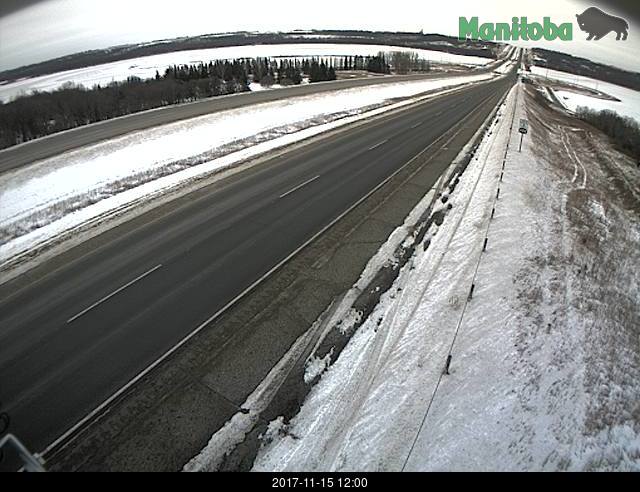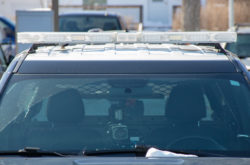With new road condition cameras installed and a fleet of snow-clearing equipment prepared to move, Manitoba is prepared to rise to the annual challenge posed by winter to the province’s highways and roads, Infrastructure Minister Ron Schuler announced today.
“As every Manitoban knows, heading out on the highway in the winter poses some distinct challenges for motorists,” said Schuler. “The addition of 25 road condition cameras throughout the province will help Manitobans see what conditions are like on many of the roads they’re planning to drive on before they put their keys in the ignition.”
The additional cameras have been added to the Manitoba 511 system with images available on the Manitoba 511 website and mobile app, said Schuler.
“A total of 33 camera locations around the province upload still images at regular intervals to provide a snapshot of current road conditions,” said Schuler. “Winter driving in Manitoba can be challenging and change rapidly, so it’s a good idea to check the weather and road conditions before heading out.”
The cameras are at strategic locations along provincial highways including:
• Trans-Canada Highway (PTH 1) at:
– Oakville, Deacons Corner, Kirkella (being relocated), West Hawk, Hadashville, west of PTH 12, Austin, PR 332, Oak Lake and Brandon;
• PTH 2 at junction of PTH 2 and PR 83;
• PTH 5 at Ste. Rose south;
• PTH 6 at:
– Williams River, Devils Lake, junction of PTH 6 and PR 236, St. Laurent, Fairford and Ponton,
• PTH 10 at:
– Minnedosa, Souris River Valley, junction of PTH 10 and PTH 60, and Birch River;
• PTH 16 (Yellowhead Highway) at:
– Shoal Lake, Russell – Assiniboine Valley West, and Arden;
• PTH 59/101 (North Perimeter Highway); and
• PTH 75 at:
– Ste. Agathe, junction of PTH 14 and PTH 75 (Letellier), Morris (north side of town) and Emerson (at the border).
“The cameras are strategically placed along roadways in the province to provide motorists and maintenance crews with a visual representation of road conditions,” said the minister. “The number of cameras will be increased over time to bring more drivers another option to check road conditions.”
In addition to the cameras, Manitoba Infrastructure operates a fleet of 205 plow trucks, 108 graders and 80 wheel loaders, with approximately 500 employees working together to clear 19,000 kilometres of provincial roads. All provincial highways are inspected regularly during the winter to determine if action is needed and provide current information on road conditions for motorists.
After a snowfall, the first priority is to clear the highway lanes to restore safe traffic flows as quickly as possible in the affected areas. Removal of snow from areas adjacent to traffic lanes occurs during daylight hours once traffic flows are restored.
As much as the province is doing to help ensure Manitoba’s highways and roads are safe to drive in the winter, there are still things motorists can do to help themselves. For instance, Manitoba Public Insurance’s winter tire program helps Manitobans equip their vehicles with winter tires, with the ultimate goal being fewer winter collisions and safer roads. But that’s just the start, said Schuler.
“We all need to remember to slow down and drive to conditions. It’s much less important that we get wherever we’re heading on time than it is to just get there,” he said. “And sometimes, we need to realize that sometimes we’re better off staying home altogether when the weather is bad.”
For information on road conditions or highway safety, visit www.manitoba511.ca, call 511 or follow the Twitter account for road closures at www.twitter.com/MBGovRoads. A Manitoba 511 app is now available for download from the Manitoba residents’ portal at http://residents.gov.mb.ca/apps/511.html.











